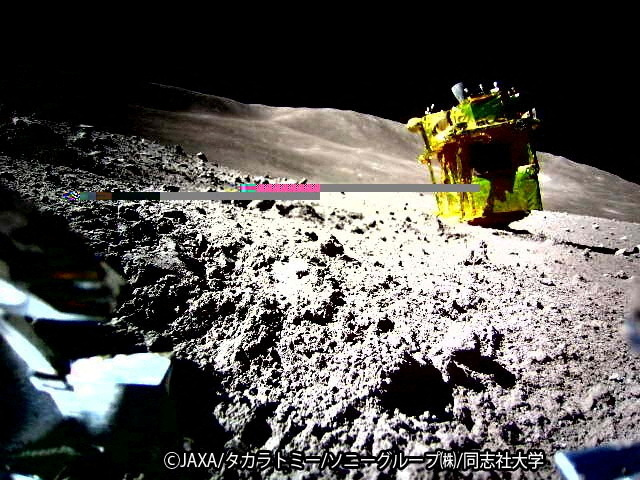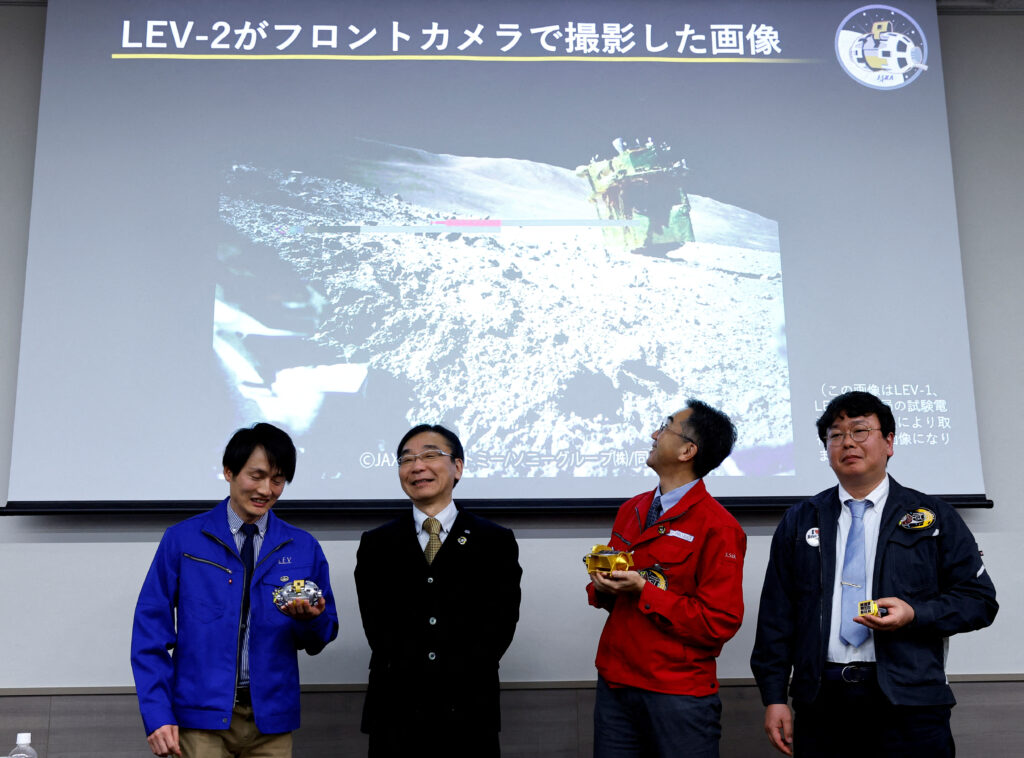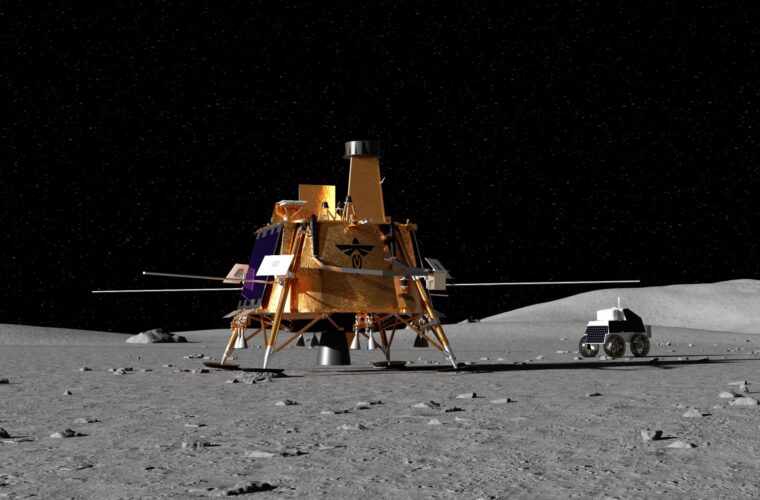By Kantaro Komiya
TOKYO (Reuters) – Japan’s SLIM spacecraft has regained power, its space agency said on Monday, more than a week after it achieved an unconventionally precise lunar landing but ran out of electricity because its solar panels were at the wrong angle.
The Japan Aerospace Exploration Agency (JAXA) re-established communication with its Smart Lander for Investigating Moon (SLIM) late on Sunday, a JAXA spokesperson said, nearly nine days after the probe’s touchdown made Japan the fifth country to put a spacecraft on the moon.
The probe was likely able to generate power thanks to a change in the sunlight’s direction, JAXA said.
SLIM resumed its operations to analyse the composition of olivine rocks on the lunar surface with its multi-band spectral camera, in search of clues about the origin of the moon, the agency added.
SLIM touched down on the moon within 55 m (180 ft) of its target in a crater near the lunar equator on Jan. 20. JAXA said it proved an advancement in what it called vision-based “pinpoint” landing – a technology that could be a powerful tool for future exploration of hilly moon poles seen as a possible source of fuel, water and oxygen.
SLIM lost the thrust of one of its two main engines shortly before the touchdown for unknown reasons and ended up drifting a few dozen metres away from the target. The lander safely stopped on a gentle slope but appeared toppled with an engine facing upward in a picture taken by a baseball-sized wheeled rover it deployed.

The probe’s solar panels faced westward due to the displacement and could not immediately generate power. JAXA manually unplugged SLIM’s dying battery 2 hours and 37 minutes after the touchdown as it completed the transmission of the lander’s data to the earth.
JAXA does not have a clear date when SLIM will end its operation on the moon, but the agency has previously said the lander was not designed to survive a lunar night. The next lunar night begins on Thursday.




